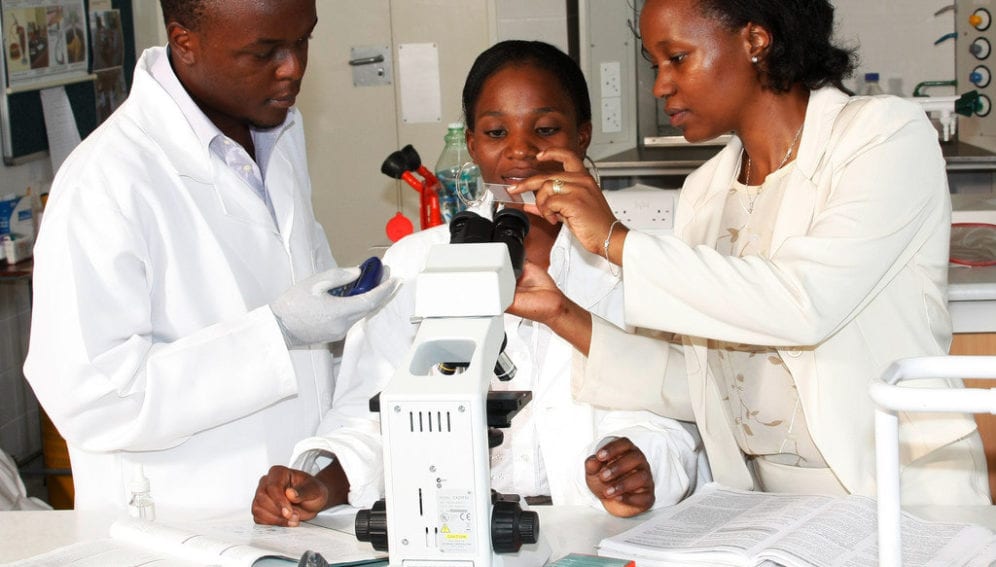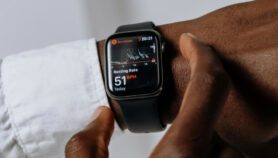By: Robert Terry
Send to a friend
The details you provide on this page will not be used to send unsolicited email, and will not be sold to a 3rd party. See privacy policy.
Obtaining a reliable picture of the research going on around the world in an effort to improve health is a huge challenge. Such a picture would need to communicate what types of research are taking place, their stage of progress, funding levels and locations. It would be very complex.
But it is worth doing. Many of the diseases that afflict the world’s poorest people are neglected by pharmaceutical companies because they do not offer an attractive return on investment — often called market failure. Other mechanisms to provide incentives for research and fill this investment gap — for example, through prizes, pooled funding and public-private partnerships — could provide new drugs and healthcare. But to direct funds in the best possible way, donor organisations need an accurate picture of the current state of play.
Obtaining a reliable global picture of health research will make it possible to spot gaps and encourage greater collaboration in the development of new drugs, diagnostics and vaccines.
The WHO is now developing the Global Health Observatory, a platform that will, I hope, eventually produce the picture we need. [1] But several challenges must be overcome.
Encouraging initiatives
There are some encouraging initiatives that are already helping to piece together the jigsaw puzzle that is global health research. For example, Policy Cures’ annual G-FINDER survey collects data from more than 800 funders of research on 31 of the most neglected diseases. The survey, which is now entering its seventh year, is a rich source of information on funding trends and gaps.
Separately, Emory University in the United States has a database that gives an overview of the pipeline — the different stages in a health product’s development — for diagnostics, vaccines and pharmaceuticals also aimed at neglected diseases.
The WHO is now working with Policy Cures and Emory University to support the integration of their data. By bringing them together, researchers and funders can identify priority areas and hopefully reduce the gap that persists between the new medicines that are developed and the health needs of poor populations.
Another encouraging development is the creation of the World RePORT, an online database that provides a graphical overview of research funding in Sub-Saharan Africa. This resource is produced by a group of international research funders coordinated by the US National Institutes of Health. Even simple overviews such as this can begin to show funding overlaps and gaps, starting the process of improving coordination.
A global database
Yet isolated projects won’t be enough to solve this problem by themselves. In response, the WHO’s 194 member nations agreed an ambitious plan in 2013 to develop an observatory for health research and development (R&D).
When fully up and running, the Global Health R&D Observatory will seek to bring together much more data: those that are already available in clinical trial registries, patent libraries, journal databases and existing surveys of R&D expenditure. Doing this would give a more complete picture of the R&D landscape than analysis of these indicators in isolation.
Initially, the observatory will focus on health technologies (that is, pharmaceuticals, vaccines and diagnostic devices) for neglected diseases. In time, other research areas would be added, including research that looks at how to improve the delivery of medicine through a health system.
But, right now, the focus is on starting small and working with what we have. The biggest challenge for the observatory is working out how to obtain and manage the huge amounts of data needed to build the detailed global picture.
Managing data
The first part of this problem is that two-thirds of countries — mostly in the developing world — do not generally report any health R&D information. So engaging countries on what they need to help them collect data and identifying the benefits to them will be a key phase in planning for the observatory. Training and support will be provided to build capacity to enable countries to manage their own R&D governance systems.
A second challenge is the tortuous issue of how to classify research into types to enable comparisons of like with like, which can be analysed by funders and policy makers. Such a classification needs to be detailed enough to be useful, but simple enough to use.
This is important as any national or regional analysis will need to show hot-spots of concentrated activity and gaps where less work is being undertaken. But the boundaries between different types of research are often blurred — so what one person considers to be research to improve the health system, another might classify as research to implement a programme.
Debates over definitions have plagued research conferences for years. Yet a new approach using automated classification by computers to read project abstracts and measure the degree of association between terms and phrases might offer a faster way to reach a consensus. This automated approach, akin to the online language translation tools that are now available, would allow research to be recorded locally but reported globally.
Innovations such as these will be used to develop the observatory, and will be essential if we are ever to improve coordination through greater information sharing.
There is a much more to do before our picture of global health research has the highest possible resolution. But armed with new innovative projects and reporting technologies, I am optimistic that things are beginning to sharpen up.
Robert Terry is knowledge manager at the WHO’s Special Programme for Research and Training in Tropical Diseases (TDR), based in Geneva, Switzerland. He is managing the development of the global R&D observatory in this planning phase. He can be contacted on: [email protected] and via LinkedIn.
References
[1] John-Arne Røttingen and others Mapping of available health research and development data: what’s there, what’s missing, and what role is there for a global observatory? (The Lancet, 20 May 2013)














